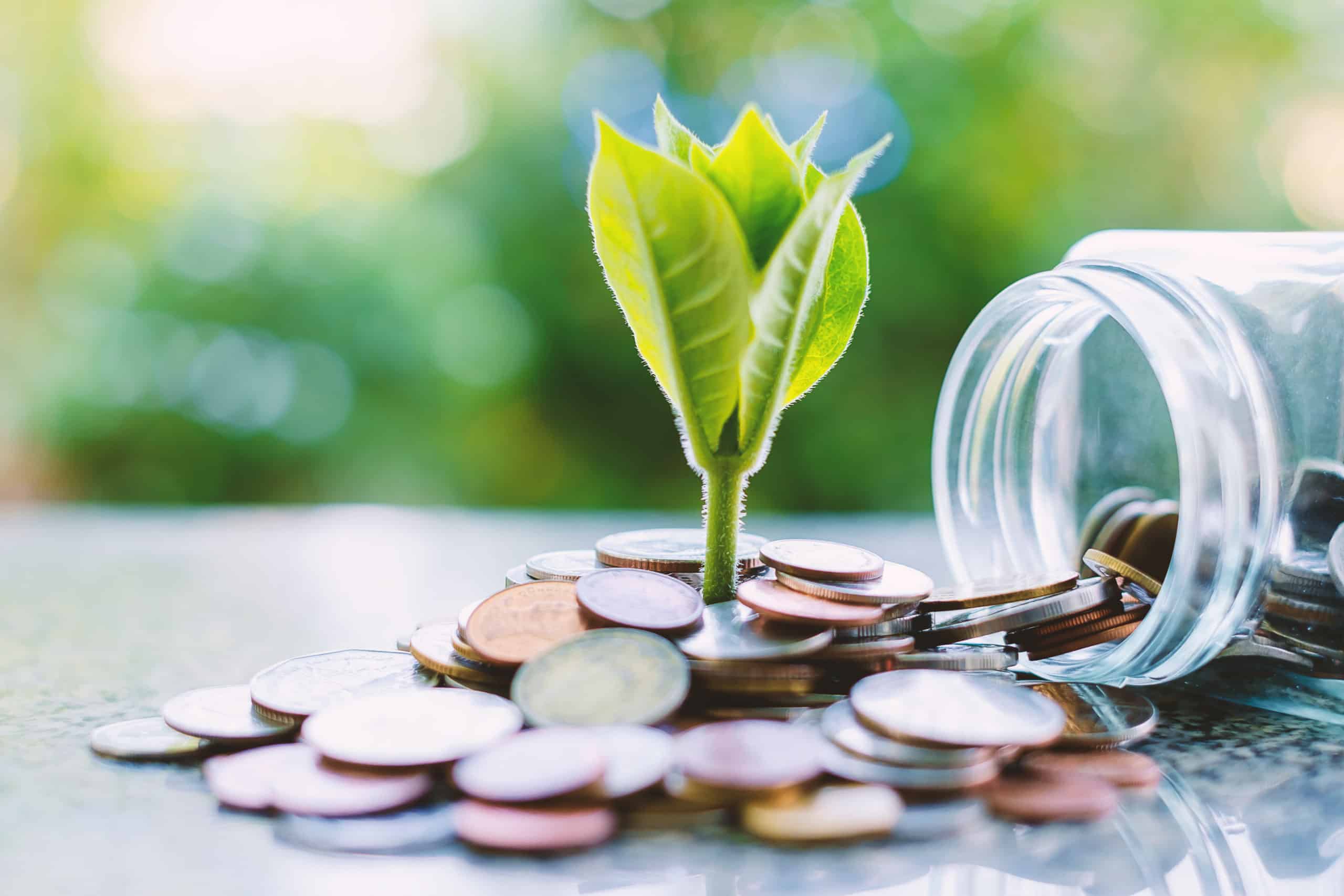The macroeconomic figures look tense. High inflation and interest rates are barely making ends meet. The market is showing signs similar to early 2008, a few months before the Great Recession. Many stocks have not yet recovered to their 2008 peak. At times like these, you need to be sure that the money you invest gives you returns. The lower risk appetite of investors has put dividend stocks in the limelight.
The smartest dividend stocks to buy now
Everyone is buying oil stocks as oil rides the last peak before its decline. If you do what others are doing, you have to settle for market returns. The smartest thing to do is buy stocks that beat market returns and pay dividends. Here are two stocks that can earn $25 in annual dividend income on a $400 investment.
TC Pipelines stock
Since the Keystone Pipeline oil leak in December 2022, TC Pipelines (TSX:TRP) stock has been falling. It has fallen more than 15% since then, underperforming Enbridge stock, which fell 5%. Keystone Pipeline has been a liability for TC Pipelines for quite some time, following three major oil leaks in five years and 22 oil spills in 13 years. But its impact on the company’s overall earnings has been small, as the project accounts for only 12% of TC Pipelines’ earnings.
The company has been increasing its investment in natural gas pipelines as it looks to tap the opportunity of North America to become a major natural gas exporter to Europe. It plans to spend $34 billion in capital over the next four years, primarily on new natural gas pipelines. TC Energy’s cash flows will increase as the new pipelines come online.
On the dividend front, it has a 23-year history of growing dividends at a compounded annual growth rate (CAGR) of 7%. However, its dividend growth rate slowed to around 3% in the last two years as inflation surged. However, the stock is trading 25% below its cyclical peak of over $70, creating a buying opportunity and locking in a dividend yield of more than 7%. This stock has seen significant insider buying in the last six months, which shows the management is bullish on TC Pipeline’s growth prospects.
Rogers Sugar stock
Diversifying from the energy sector, the consumer staples segment has a stable dividend stock in Rogers Sugar (TSX:RSI). While sugar demand is not affected by inflation, operational issues at a competitor increased Rogers’ revenue. While its revenue improved, the company did not grow its dividend per share as it expected revenue to normalize later.
Unlike TC Pipelines, Rogers Sugar is trading near the higher range of its range bound ($5-$6.5) stock. But it is a relatively safer stock in a high-inflation, high-interest environment that is pulling down consumer demand. RSI has a beta of 0.55, which shows it is less volatile than the market with a beta of 1.0. That explains why Rogers Sugar stock fell 1.9% while the TSX Composite Index stock fell 7.2% in the last 12 months.
While Rogers Sugar may underperform in a bull market, it outperforms in a bear market. And we are in a bear market as fears of a recession keep stock prices under pressure.
Building a pipeline of dividends, $400 at a time
You can build a pipeline of dividends by investing $400 at a time. This $400 investment can be monthly, quarterly, or annually. The trick is to invest in dividend stocks when you can lock in an average annual yield of 6% or above.
A $220 investment can buy you four shares of TC Pipeline, each giving a $3.72 dividend. The remaining $180 can buy you 29 shares of Rogers Sugar, each giving a $0.36 dividend. Your $400 investment can lock in a 6.3% dividend yield.
| Year | Investment | 6% Dividend Yield | Total Amount |
| 2023 | $4,800 | $4,800.0 | |
| 2024 | $4,800 | $288.0 | $9,888.0 |
| 2025 | $4,800 | $593.3 | $10,193.28 |
| 2026 | $4,800 | $611.6 | $10,211.60 |
| 2027 | $4,800 | $612.7 | $10,212.70 |
| 2028 | $4,800 | $612.8 | $15,625.5 |
| 2029 | $4,800 | $937.5 | $21,363.0 |
| 2030 | $4,800 | $1,281.8 | $27,444.8 |
If you invest $400 monthly and reinvest the dividend income in a portfolio that gives a 6% dividend yield, you can earn over $106 in monthly passive income by 2030.









